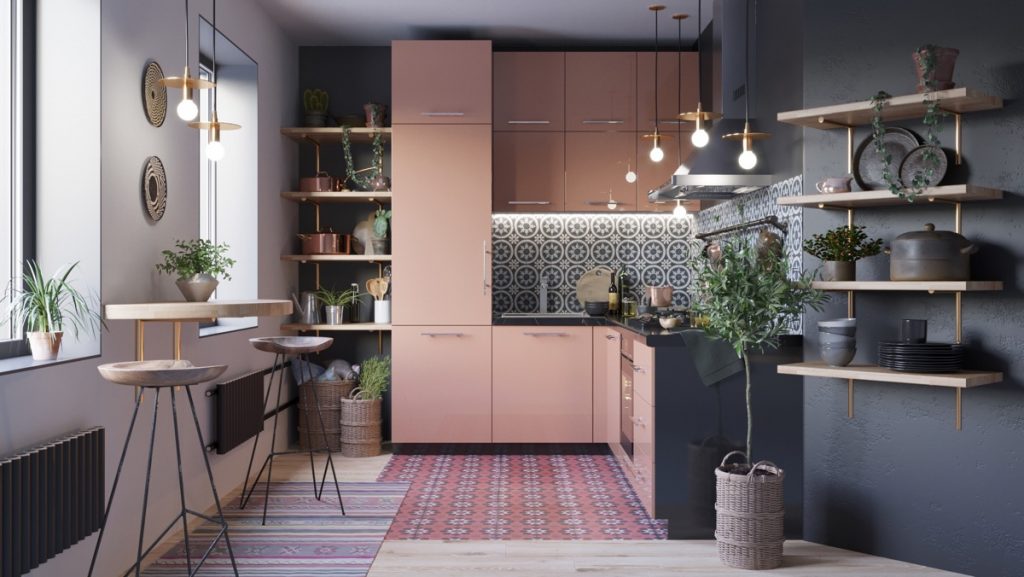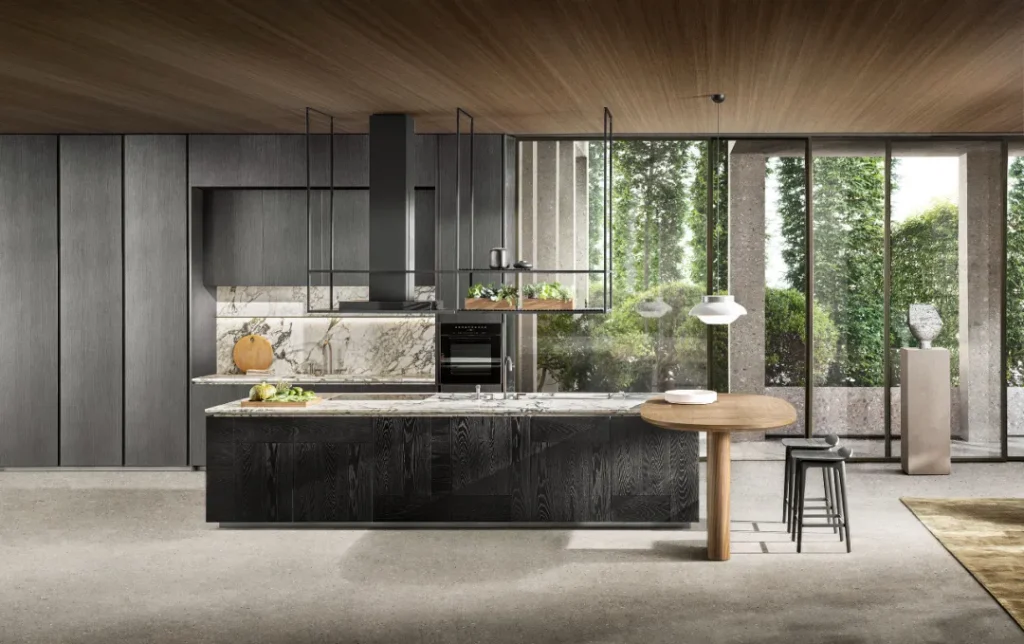Exploring the Intricate Beauty of Rattan Patterns: A Design Guide
Introduction
For centuries, rattan has been used as a material for furniture and decorative items. Its durability, flexibility, and beauty have made it a popular choice for designers and homeowners alike. One of the most remarkable features of rattan design is the intricate patterns that can be woven into the material. In this article, we will explore the history and significance of rattan patterns and provide a guide for incorporating them into your own designs.
The History of Rattan Patterns
Rattan patterns have a rich history that dates back to ancient civilizations. The ancient Egyptians, for example, used rattan to create baskets and other household items. The Chinese, meanwhile, were known for their remarkable rattan furniture, which often featured intricate patterns inspired by nature.
During the 19th century, rattan became a popular material for Victorian furniture. Designers of this era were especially fond of naturalistic rattan patterns, often incorporating botanical elements like flowers and leaves into their woven designs. These patterns were also popular in America, where they were used in outdoor furniture and porch swings.
Today, rattan patterns continue to be popular in both traditional and modern designs. They are often used in furniture, lighting fixtures, and decorative objects. The patterns themselves range from simple, repetitive designs to intricate, three-dimensional weaves that are true feats of craftsmanship.
The Significance of Rattan Patterns
Rattan patterns are significant for a number of reasons. First and foremost, they are a testament to the creativity and skill of the artisans who weave them. Creating a rattan pattern requires a high degree of precision and patience, as well as a deep understanding of the properties of the material.
Rattan patterns are also significant because of the cultural influences they embody. Many rattan patterns have deep roots in traditional cultures, reflecting the natural environment or cultural motifs of the artisans who created them. By incorporating these patterns into modern designs, we can celebrate and preserve these cultural traditions.
Finally, rattan patterns are significant because of their aesthetic qualities. They are visually intriguing and add texture and depth to a space. They can be used to create focal points or to add interest to an otherwise plain object. The beauty of rattan patterns is that they are endlessly adaptable and can be woven into almost any design.
How to Incorporate Rattan Patterns into your Designs
If you are looking to incorporate rattan patterns into your own designs, there are several ways to do so. One of the simplest is to use rattan furniture, which often features intricate woven designs. Rattan chairs, tables, and headboards are all popular options.
You can also incorporate rattan patterns into decorative objects. Rattan baskets, for example, can be woven with intricate patterns that add texture and interest to a room. Rattan lampshades and wall hangings are also great options for adding texture and dimension to a space.
If you are feeling more ambitious, you can try incorporating rattan patterns into your own DIY projects. There are many tutorials available online that provide step-by-step instructions for weaving rattan patterns. From plant holders to wall art and even fashion accessories, the possibilities are endless!
Tips for Designing with Rattan Patterns
When designing with rattan patterns, it is important to consider the overall aesthetic of the space. Rattan patterns can be quite bold and eye-catching, so it is important to balance them with other design elements that are more subdued.
Another tip is to use rattan patterns in unexpected ways. For example, you could use them to create a woven backsplash for your kitchen or to upholster a bench. By thinking outside the box, you can create truly unique and memorable designs.
Conclusion
Rattan patterns are a testament to the creativity and ingenuity of artisans around the world. They are significant both culturally and aesthetically and can add texture and dimension to almost any design. Whether you are a furniture designer, a DIY enthusiast, or simply a lover of beautiful things, incorporating rattan patterns into your designs can add interest and intrigue to your space.



